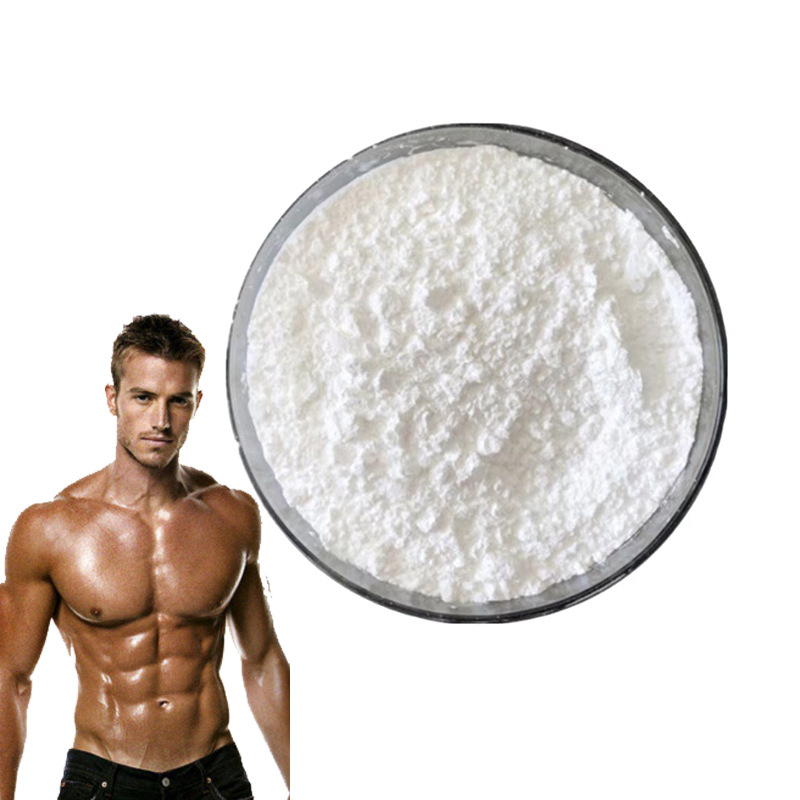Class of Compound:
Mechanism of Action:
Notable Studies:
The effects of human GH and its lipolytic fragment (AOD9604) on lipid metabolism following chronic treatment in obese mice and beta(3)-AR knock-out mice
Effect of Intra-articular Injection of AOD9604 with or without Hyaluronic Acid in Rabbit Osteoarthritis Model
What is Fragment 176-191?
Published research on fragment 176-191 is sparse; to get a clearer understanding of this peptide’s mechanism of action, benefits, and safety profile, researchers are resorting to published material on a similar fragment called AOD9604 (fragment 177-191). AOD9604 has undergone several trials, giving researchers a deeper understanding of how synthetic C-terminal fragments may be dosed and what effects they have .

What Does Fragment 176-191 Do?
As a GH receptor agonist, AOD9604 binds to GH receptors and exerts a GH-like effect on cartilage metabolism, without stimulating the proliferation of cells transfected with the GH receptor or stimulating the production of IGF-1 . Like AOD9604, fragment 176-191 is similarly believed to induce fat metabolism while increasing energy consumption, fat oxidation, and the generation of myoblasts.
Fragment 176-191 Benefits | Clinical Trials
Fragment 176-191 that is sold online is generally available only to qualified researchers and is not intended for human testing. Researchers interested in fragment 176-191 benefits may consult studies and clinical trials conducted with the structurally similar peptide AOD9604:
Fat burning effects: Fragment 176-191 is often referred to as the “lipolytic fragment” of HGH due to its fat-burning effects observed in rodent experiments .
A 2001 study found that AOD9604 had a substantial fat-burning effect when administered long-term to obese mice and beta(3)-AR knock-out mice. Researchers found that AOD9604 reduced body weight and body fat in obese mice after 14 days of administration. This effect was attributed to AOD9604’s ability to increase the production of beta-3 adrenergic receptors (B3-AR or ADRB3) in obese mice. Notably, researchers observed that neither lean (non-obese) mice nor genetically modified mice with no endogenous B3-AR (known as ‘beta(3)-AR knock-out mice) responded to the lipolytic effects of AOD9604 .
These findings suggest that a secondary regulatory pathway for lipolysis may exist that overrides ADRB3 function as body weight approaches a normal level. As thermogenesis in skeletal muscle and fat burning in adipose tissue are two well-researched actions of ADRB3, there is strong research interest in whether fragment 176-191 may offer equivalent benefits in humans.
Potential treatment of prediabetes and type-2 diabetes: There is interest in using the fragment 176-191 to help treat prediabetes or type 2 diabetes in humans. Animal research involving six different fragments of hGH (172-191, 176-191, 177-191, 178-191, 179-191, and 180-191) revealed that its hypoglycemic effect comes from its c-terminal end. Of the six fragments tested, fragment 176-191 was found to be the most effective at lowering blood sugar levels. Its secondary benefits were that it caused a sustained increase in plasma insulin levels and reduced insulin sensitivity .
Promotes cartilage regeneration: hGH fragment 176-191 is also believed to promote cartilage regeneration. A 2015 study involving rabbits with collagenase-induced knee osteoarthritis found that AOD9604 enhanced cartilage regeneration. Researchers found that combined AOD9604 and HA injections were more effective than HA or AOD9604 injections alone . These findings suggest that the structurally similar fragment 176-191 may offer equivalent cartilage regeneration benefits to human patients. It has been submitted that this peptide could potentially lead to advanced osteoarthritis therapies or even eliminate the need for surgery in certain circumstances.
Is fragment 176-191 safe?
HGH fragment 176-191 does not appear to cause common hGH-associated side effects, such as increased long bone growth, effects on carbohydrate metabolism, increased IGF-1 levels, or adverse effects on insulin sensitivity. As previously mentioned, AOD9604 does not cause the tumor-promoting or diabetogenic effects associated with hGH injections .
For example, a 2000 study involving obese Zucker rats found that, unlike treatment with intact hGH, AOD9604 did not negatively affect the animals’ insulin sensitivity .
Similarly, a 2001 study found that while AOD9604 significantly reduced weight gain in obese mice, it did not reduce insulin secretion, hyperglycemia, cell proliferation, or competition for HGH receptors .
Finally, a 2013 study of the safety and tolerability of AOD9604 in humans found that the peptide did not affect serum IGF-1 levels or negatively affect carbohydrate metabolism .
Description
Hexarelin, often referred to as Examorelin and Hexarelin Acetate is a potent, synthetic hexapeptide, which is known for enhancing growth hormone release. Hersarelin has similar benefits and functions to GHRP-6. However, studies have shown that it is much more potent than GHRP-6 and can further increase growth hormone levels. During clinical trials, it revealed its ability to increase body strength, reduce body fat boost muscle growth. And in veterinary research, hexarelin is used for cardiovascular health.















